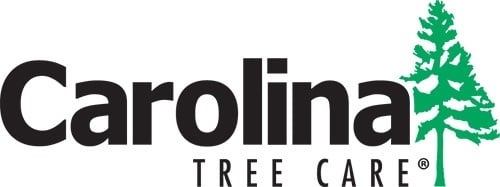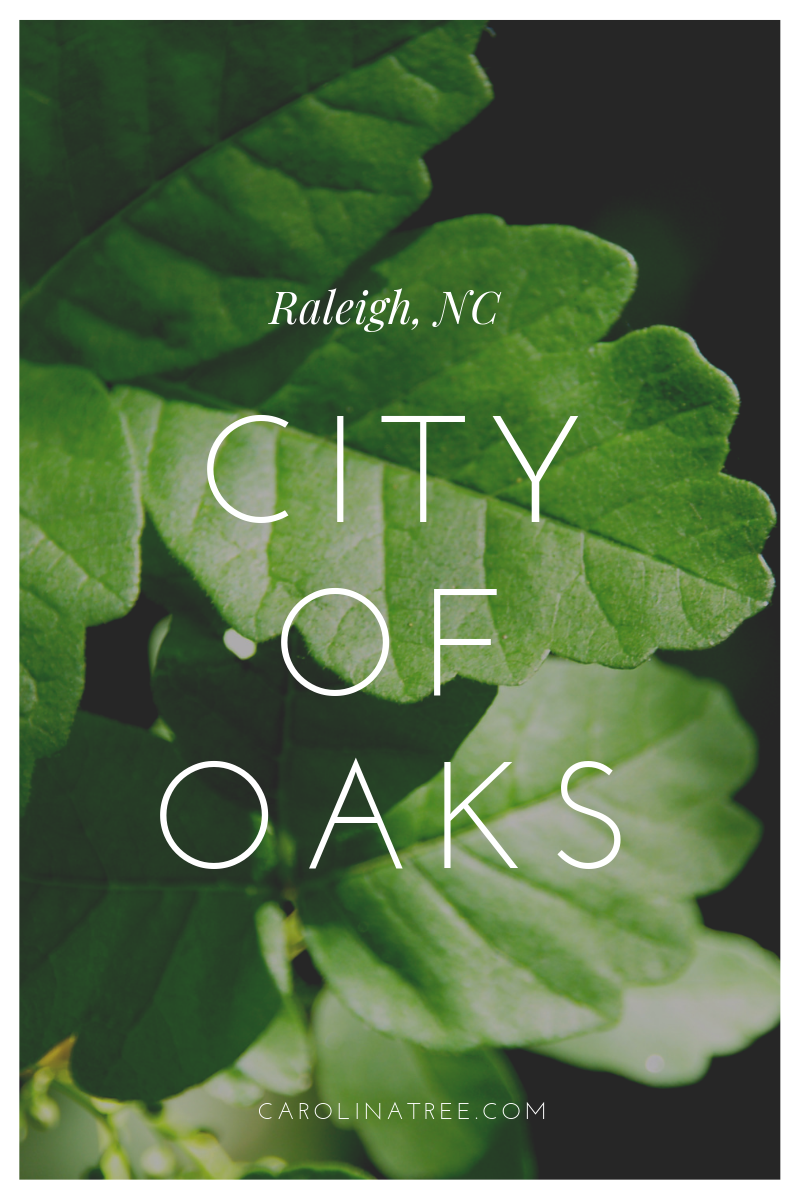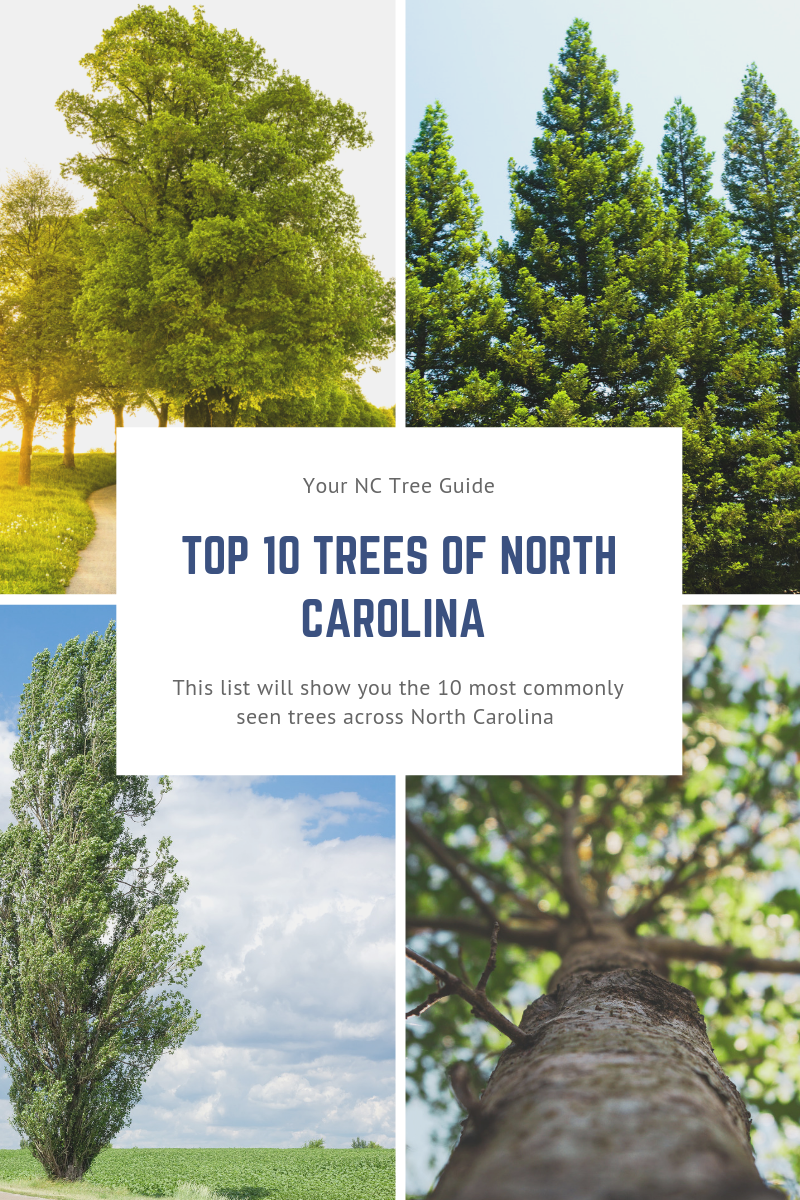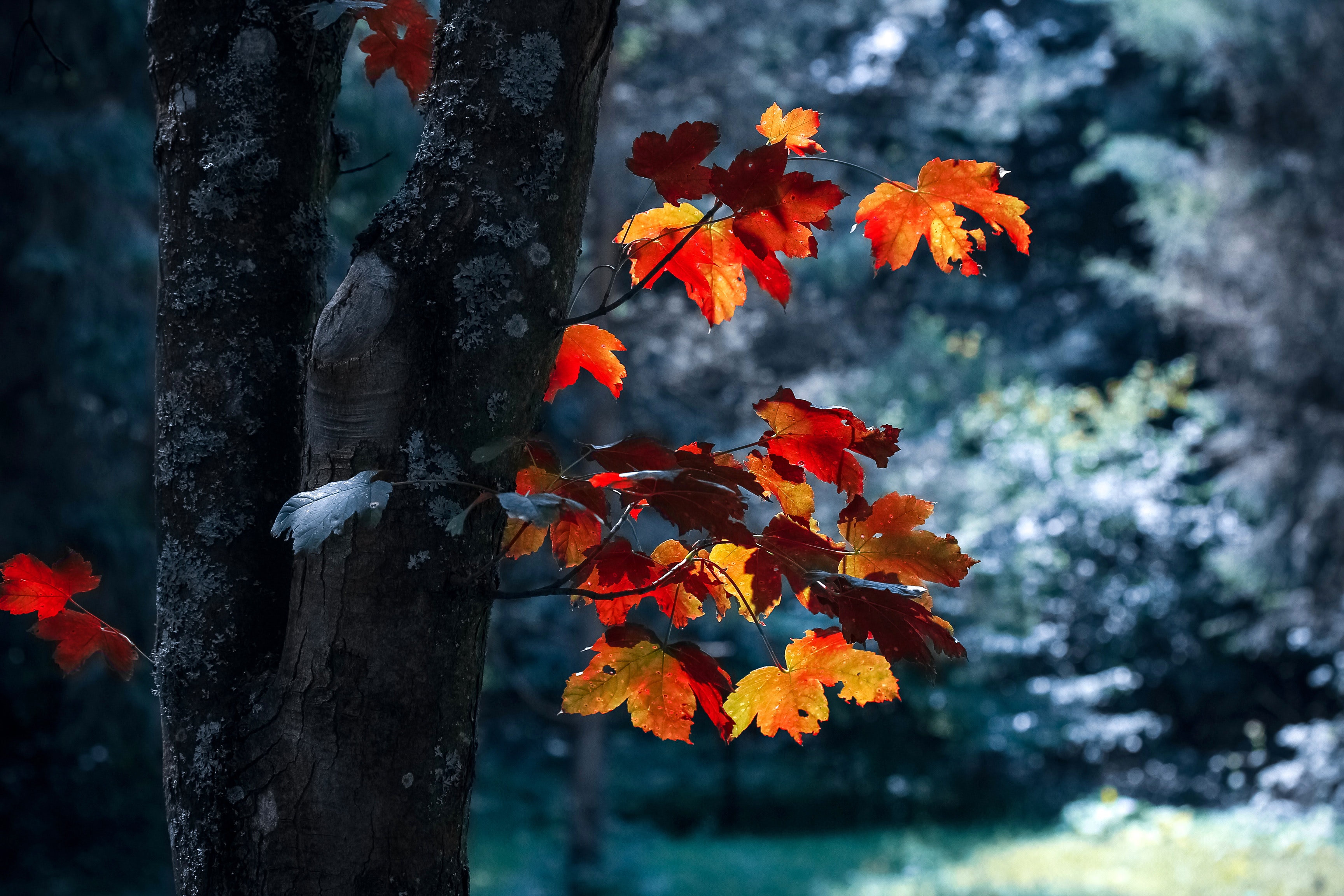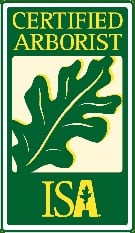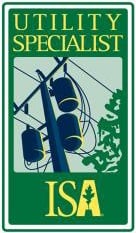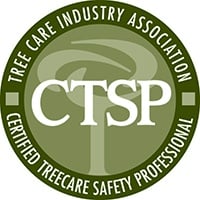Raleigh, NC is widely known for being the Capital of North Carolina. However, here at Carolina Tree Care, we find it equally impressive that Raleigh is also known as the City of Oaks.
NEWS & BLOGS
mguffey
Recent Posts
Raleigh, NC, the City of Oaks
Top 10 Trees Found Across NC Yards
Updated on: May 17, 2022
Our state is covered in beautiful trees. In our years of service to those trees, we've seen many, many kinds. But some trees are seen more often than others in residential yards.
If you've ever wondered what trees are most common throughout the Piedmont, Triad, and Coastal yards of NC, we have the list for you!
4 Genius Mulching Tricks
Summer temperatures are soaring high across the Carolinas. Due to high temperatures, it’s the perfect time to make sure your mulch is properly placed! Just as sunblock protects and preserves our skin, mulch works the same way for trees and plants. Mulch cools and protects not only the trunk of the tree but also the root system, if properly placed. If you've ever noticed trees with mounds of mulch around the base, this could be doing more harm than good. We don't want that for your trees! We want your trees happy and healthy and properly mulched. Protect and preserve trees and plants on your property with our top 4 mulching tricks.
Keep Your Azaleas Happy & Healthy
Azaleas are in full bloom and a real treat in our southern landscapes. These vibrant shrubs soften the edges of our urban environment and provide incredible color during the spring.
Azaleas are known to be hardy plants but only bloom for a short period of time. While they're in bloom, make sure they are protected from pests.
A primary threat to these beautiful blooms is the lace bug. In this post, we'll share how to spot lace bugs and recommendations on how to treat for this pest.
Carolina Tree Care Launches ArborWISE
Your Trees. Your Property. Our Passion.
Our passion for trees and plants is the reason behind starting ArborWISE, a Certified Plant Health Care (PHC) Program. PHC is a proactive approach to monitoring and maintaining the health of trees, shrubs, and groundcover. Optimal results are achieved through preventive care for stress management, frequent monitoring and early detection of problems, informed decision making, and integrated treatments that provide long-term solutions. We care for the health and well being of your trees. Our Certified Arborists are trained specifically to care for your trees and plants.
The Do's and Don'ts of DIY Tree Care
A pole saw can come in handy for easy to reach limbs that need a quick trim, but knowing where to draw the line on DIY tree work can be a bit more complicated. We want you and your trees healthy and happy that's why we created a Do’s and Don'ts list when it comes to do-it-yourself tree work!
Do Your Maples Look Gloomy?
The maple tree is a beautiful and sturdy tree find across North Carolina. If your maples are looking a little less than spectacular, it is likely caused by an insect called Gloomy Scale. Below we'll share how to spot Gloomy scale and how to treat your maples if they are showing signs of this scale.
Gloomy Scale is an armored “scale insect” that attaches itself to the bark and sucks out nutrients, water, and sugars from the tree. In heavy infestations the tree will suffer from a lack of nutrition. This is how Gloomy Scale shows up on trees: discolored leaves, cracking of the bark, weak and improper growth patterns and branch dieback. In many cases we've seen across Charlotte, Concord, Greensboro, and Raleigh, NC trees end up dying if left untreated.
Browning Leyland Cypress found in Waxhaw, NC
Leyland cypress trees are a great landscape addition, and very popular throughout North Carolina. Certified Arborist, Rick Pearce who covers the Greensboro and Raleigh area says, "leyland cypress trees make a beautiful addition to any home, if properly cared for." It's our hope your leyland cypress' stay vibrant and green all year long.
However, the recent wet weather months can leave leyland trees susceptible to disease if not properly treated. We've recently spotted leyland's in Waxhaw, NC showing signs of distress. Below are some common symptoms we see when leyland cypress are experiencing distress: The symptoms we've seen
- Needles appear to be browning. The number one sign we see on leyland cypress experiencing stress is the browning of needles. Brown needles is a stress response from the tree. If you're seeing brown needles on your leyland cypress we recommend a certified arborist takes a look at what is going on.
- Needles have noticeably fallen off in spots on tree. A second stress response we see among leyland cypress is bare spots where needles once were.
- Tree seems to have a withered look. Any tree that looks withered could be experiencing too much water or too little water. A withered look to a tree could indicate the soil to water ratio balance is off.
- Other leyland cypress appear to be green and only 1 or 2 are showing signs of decline. If all of your leyland cypress are showing signs of stress too much water or too little water could be the issue. If only 1 or 2 of your leylands are showing stress, a pest attack could be the culprit.

Not All Clovers Are Lucky
Are clovers slowly taking over your lawn? What better time of year to discuss how to get rid of clover in your lawn, than St. Patrick’s Day weekend! Unless you have a lawn covered in four-leaf clovers and several other plants full of luck, I’m sure you are looking for a way to remove these weeds.
Help! I Need Somebody (for my Ambrosia Beetles)
Did you know that Ambrosia beetles can infest and kill over 100 different kinds of plants? If your trees could sing Beatles tunes, we would rather they sang "I feel fine" than "Help! I need somebody . . ."
